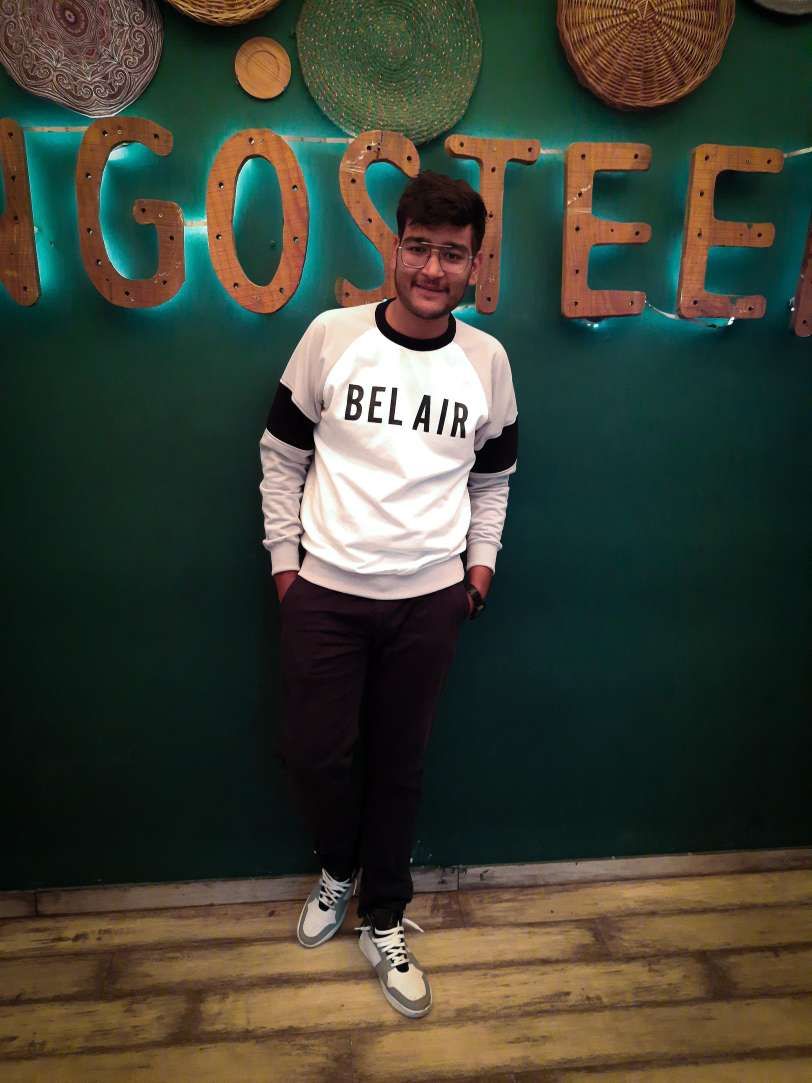345 reads
What are Bitcoin Ordinals? All You Need to Know
by
December 29th, 2023
Audio Presented by

I'm a content writer. I'm passionate about creating content that is engaging, informative, and entertaining.
Story's Credibility



About Author
I'm a content writer. I'm passionate about creating content that is engaging, informative, and entertaining.